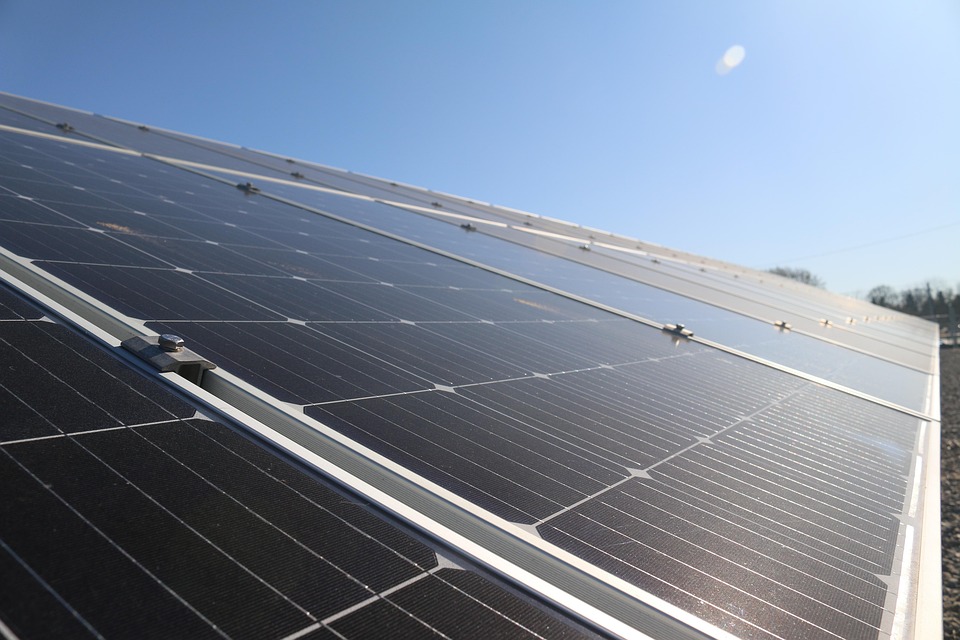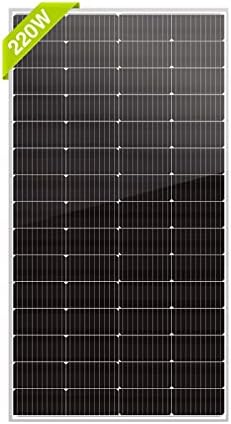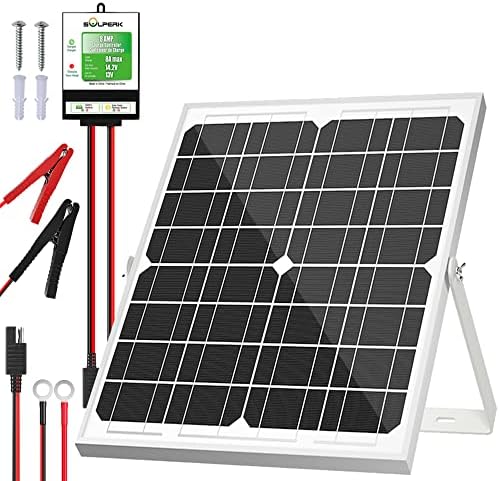# Breaking Down the Costs and Savings of Home Solar Panels
It was one of those sun-drenched afternoons where everything felt possible. I stood in my backyard, sipping a freshly squeezed lemonade, while the sun drenched my face and warmed my spirit. Around me, the hum of a small solar setup buzzed softly in the background, powering not just my lights, but my dreams of sustainable living. It struck me then: solar energy isn’t just a nice-to-have; it’s a transformative opportunity to break free from energy bills and embrace a lifestyle in tune with the environment. So, how do costs and savings play into this radiant solution? Let’s dive deep!
## Understanding the Costs of Home Solar Panels
### 1. Initial Investment
The most considerable upfront cost comes from purchasing and installing solar panels. Here are the components that contribute to that initial investment:
– **Solar Panels**: Quality panels range from $0.70 to $1.50 per watt. A typical 6 kW (6000-watt) system will thus cost between $4,200 to $9,000 before incentives.
– **Inverter**: This critical component converts direct current (DC) generated by the solar panels into alternating current (AC) used in homes. Expect to spend around $1,000 to $3,000.
– **Mounting Equipment**: Depending on your roof type or if you’re looking at ground installations, this could add $500 to $2,000 to your total costs.
– **Installation Labor**: Professional installation can cost between $1,000 and $8,000.
### 2. Incentives and Rebates
While the initial investment may seem daunting, don’t forget to factor in federal and state incentives. The federal solar tax credit (ITC) allows you to deduct 26% of the installation costs from your federal taxes, helping to ease the financial burden. Some states also offer rebates or incentives on top of this, effectively lowering your investment further.
### 3. Maintenance Costs
Comparatively low, maintenance costs for solar panels usually range from $100 to $300 annually. This includes periodic cleaning to ensure optimal performance and potential inspections or repairs.
### 4. Financing Options
If paying upfront isn’t an option, you can explore financing plans:
– **Solar Loans**: Essentially loans specifically for solar installation—often at lower interest rates.
– **Leases/PPA**: With a lease/power purchase agreement, you can essentially borrow the system, paying monthly without upfront costs.
## Unpacking the Savings
### 1. Monthly Energy Bills
The most immediate savings come from slashing your monthly energy bills. How much these savings add up largely depends on the size of your system, local utility rates, and energy consumption. On average, solar panel systems can save homeowners between $15,000 to $20,000 over 20 years, sometimes even more in high utility areas.
### 2. Avoiding Future Rate Increases
Utility rates are generally on the rise, making your initial investment seem smaller compared to future savings. When you generate your power, you insulate yourself from unpredictable hikes in energy costs.
### 3. Increased Home Value
Solar panels can boost your property’s value—studies show homes with solar systems sell for about 4% more than those without. This means that even if you sell the house before realizing the savings, you’re still in the green!
### 4. Environmental Savings
While hard to quantify in direct dollar terms, going solar means you’re drastically reducing your carbon footprint. This contributes significantly to a more sustainable and healthier planet, which is a priceless benefit!
## Factors Affecting the Costs and Savings
### 1. Location Matters
The potential for solar energy isn’t the same everywhere. States like California and Arizona, with abundant sunshine, typically yield a quicker return on investment than regions with less sun exposure.
### 2. Energy Consumption Patterns
Your household’s energy consumption plays a pivotal role. The more energy you consume, the larger the system you’ll need, which directly affects both the upfront costs and savings.
### 3. Panel Type
There are various solar panel types—monocrystalline, polycrystalline, and thin-film—each with different efficiencies and costs. Selecting the right one tailored to your needs can yield better savings over time.
## Pro Tips for Maximizing Solar Savings
1. **Do Your Research**: Compare different installers, reviews, and warranties.
2. **Monitor Your Energy Use**: Understand your consumption habits to tailor a system that suits your needs.
3. **Consider Battery Storage**: Pairing solar panels with a battery system allows you to store energy for nighttime use or outages, enhancing self-consumption rates.
4. **Stay Informed about Local Incentives**: Take advantage of local grants, rebates, or tax incentives.
5. **Think Long-Term**: Consider the big picture beyond immediate costs.
## Conclusion: The Bright Future of Solar
Investing in home solar panels is not just about cutting costs; it’s about stepping boldly into a sustainable future. The initial investment may seem steep, but the long-term savings, environmental benefits, and increased property values make it a decision many are glad to make.
As you consider going solar, remember it’s not just about the numbers; it’s about creating a lifestyle that aligns with your values while making smart financial decisions. Don’t let hesitation hold you back—join the solar revolution, and watch both your savings and satisfaction grow!
Embrace the sun and let your financial worries fade away—after all, the sky’s the limit when it comes to harnessing that radiant energy!



